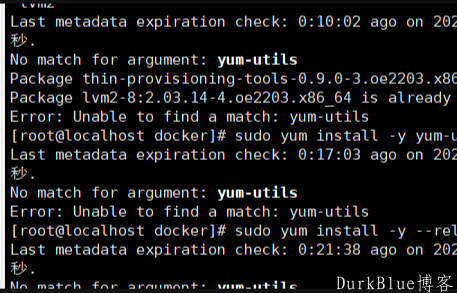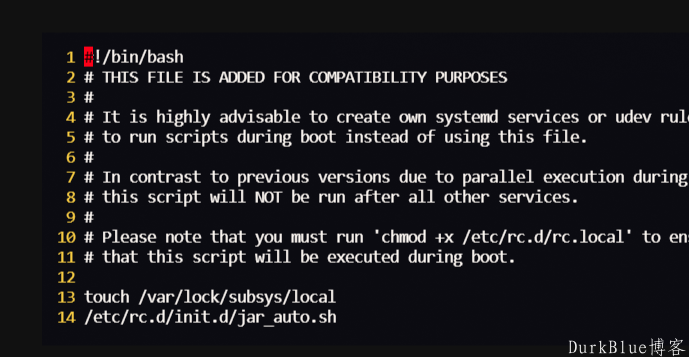 摘要:
Function to record how many times the user logs inConnect to the database first:you can cr...
摘要:
Function to record how many times the user logs inConnect to the database first:you can cr... Function to record how many times the user logs in
Connect to the database first:
you can create a new php file :
The following code:
php file name is conn.php
<?php
header("Content-type:text/html;charset=utf-8");
$conn = mysql_connect('localhost','root','') or die('Server connection failed');
mysql_select_db('database name') or die('database nonexistence');;
mysql_query('set names utf-8');
?>you can create a new php file :
The following code:
php file name is login.php <!DOCTYPE html PUBLIC "-//W3C//DTD XHTML 1.0 Transitional//EN" " <html xmlns=" <head> <meta http-equiv="Content-Type" content="text/html; charset=utf-8" /> <title>login</title> </head> <body> <form action="logindo.php" method="post"> users: <input name="name" type="text"/><br/> cipher:<input name="password" type="password"/></br> <input type="submit" name="sub" value="submit"/> </form> </body> </html>
you can create a new php file :
The following code:
file named :logindo.php
<!DOCTYPE html PUBLIC "-//W3C//DTD XHTML 1.0 Transitional//EN" "
<html xmlns="
<head>
<meta http-equiv="Content-Type" content="text/html; charset=utf-8" />
<title>login handling</title>
</head>
<body>
<?php
if(isset($_POST['sub'])){
include('conn.php');
$name = $_POST['name'];
$password = $_POST['password'];
$sql = "select * from tb_name where name = '$name' and password = '$password'";
$r = mysql_query($sql);
if($row = mysql_fetch_array($r)){
session_start();
$_SESSION['name']=$row['name'];
$ac = 0;
if(file_exists("acc.txt")){
$ac = file_get_contents("acc.txt");
}
$ac++;
file_put_contents("acc.txt",$ac);
echo '<script>alert('login success');location.href="index.php";
</script>';
}else{
echo '<script>alert("user name or password error");location.href="login.php";</script>';
}
}else{
echo '<script>alert("user name or password error");location.href="login.php";</script>';
}else{
echo '<script>alert("user name or password error");location.href="login.php";</script>';
}?>
</body>
</html>you can create a new php file :
The following code:
index.php
<!DOCTYPE html PUBLIC "-//W3C//DTD XHTML 1.0 Transitional//EN" "
<html xmlns="
<head>
<meta http-equiv="Content-Type" content="text/html; charset=utf-8" />
<title>User registration login procedure</title>
</head>
<body><?php
session_start();
if(isset($_SESSION['name'])){
echo 'welcome'.$_SESSION['name'];
echo "<br>";
$ac = file_get_contents("acc.txt");
echo "you are".$ac."visitor";
}else{
echo "<script>alert('please login');location='loginl.php';</script>";
}
?>
<a href="exit.php">Logged out</a>
</body>
</html>you can create a new php file :
The following code:
file name is exit.php
<?php
header("Content-type:text/html;charset=utf-8");
session_start();
unset($_SEEION['name']);
echo '<script>alert("exit the success");location="login.php";</script>';
?>The datadase is as follows:
create database (database);use (database);create table (table_name);create table 'table_name' ( 'id' int(4) not null auto_increment primary key,'name' varchar(50) character set utf8 collate utf8_unicode_ci not null,'password' varchar(50) character set utf8 collate utf8_unicode_ci not null,'createtime' datetime not null ) engine = myisan character set utf8 collate utf8_unicode_ci;
welcome to view













